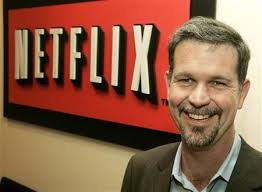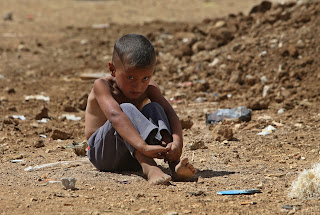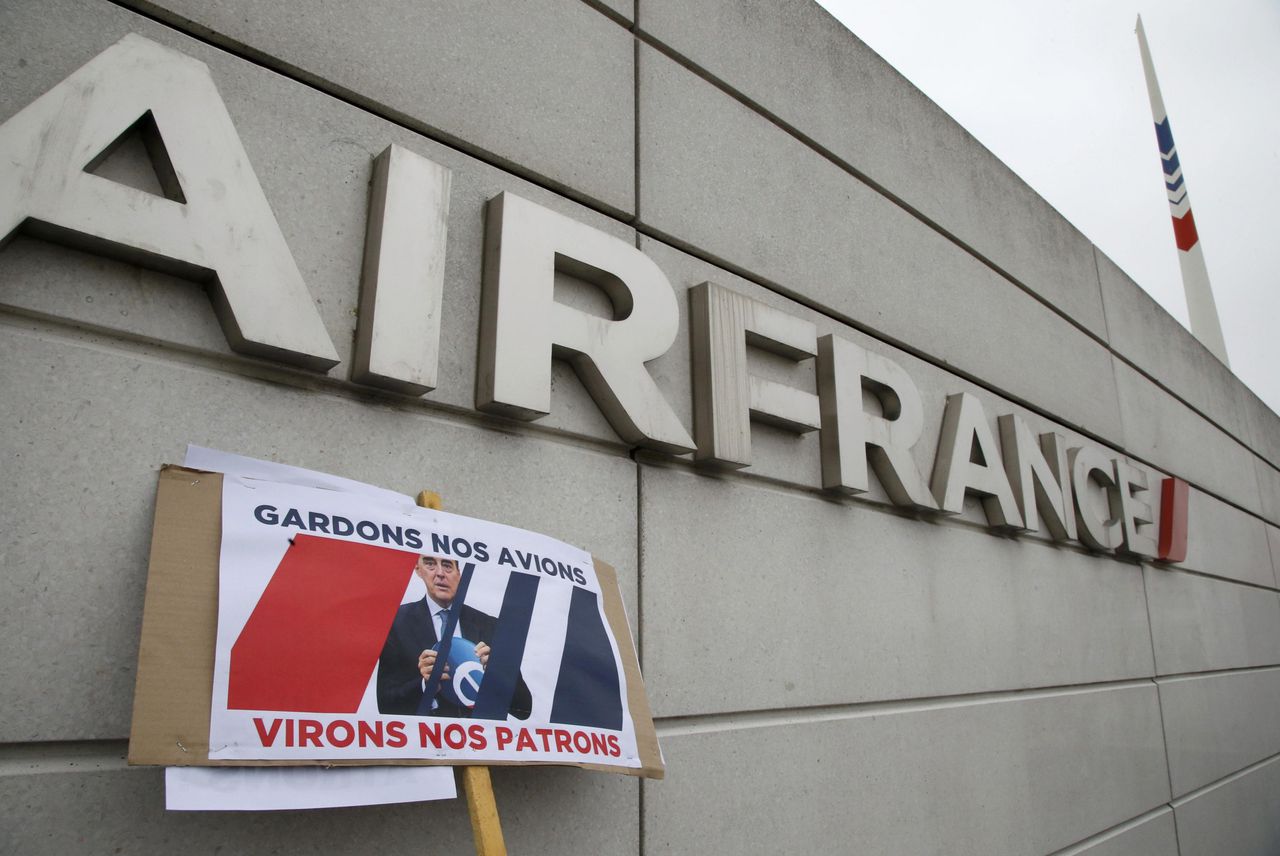According to Coombs people want to make sense of a crisis by making attributions. When people search for the cause of an event, they will experience either positive or negative emotions. When a company is not responsible for a crisis, this will evoke sympathy, positive emotions. However, when a company is responsible for a crisis, this will evoke negative emotions with the people. The reputation of the organization can be damaged as result of these negative feelings. Stakeholders can decide to end the relationship with the organization, and even create bad word-of-mouth. This is why it is important for an organization to prevent that the public will see them as responsible for the crisis.
The type of reputational threat the company is under is based on the initial crisis responsibility. There are three crisis clusters possible. In the victim cluster the organization is viewed as the victim of the event, and has a very weak attribution of crisis responsibility. Examples are natural disasters, rumours, and terrorism. In the accidental cluster the event is considered unintentional or uncontrollable by the organization, and there is a minimal attribution of crisis responsibility. Examples are challenges from stakeholders or technical errors. In the intentional cluster, the event is considered purposeful, and the attribution for crisis responsibility is very strong. Examples are human errors and misdeeds.
Strategies
Coombs distinguishes four types of crisis response strategies, three are so-called primary crisis response strategies and one is a secondary crisis response strategy. Deny, diminish and rebuild are the three primary crisis response strategies, these concepts include different separate strategies. The deny strategies are; ‘attack the accuser’, ‘denial’ and ‘scapegoat’. Attacking the accuser means that the organization will seek confront the source of the accusations. Denial means that the organization claims that the organization is not in a crisis at all. The scapegoat strategy involves the organization blaming the crisis something from outside of the organization. The diminish strategies are made up of ‘excuse’ and ‘justification’. When using the excuse strategy, the organization aims to minimize the responsibility for the crisis by denying the intent to do wrong or claiming that it was never able to control the events that lead to the crisis. The justification strategy means that the organization attempts to minimize the perception of damage that the crisis has caused. The strategies belonging to the rebuild strategy are ‘compensation’ and ‘apology’. When using the compensation strategy, the organization offers money or other funds to the victims of the crisis. The apology strategy means that the organization accepts full responsibility for the crisis and asks its stakeholders for forgiveness.The secondary crisis response strategies are covered by the term bolstering strategies and are the following; ‘reminder’, ‘ingratiation’ and ‘victimage’. In the reminder strategy, the organization reminds the stakeholders of the beneficial work that the organization has done in the past. The ingratiation strategy means that the organization actively praises its stakeholders. In the victimage strategy, the organization reminds its stakeholders of the fact that the organization itself is also a victim of the crisis.
Van der Meer et al. (2014)
The research question belonging to this study has been formulated as follows: Does the organizational-crisis framing of the domains PR, news media, and the public align over time?This empirical study focuses on the frame-building process of organizational-crisis situations in the interplay between the domains public relations (PR), news media, and the public. It seemed like the alignment was a temporal necessity forced by external circumstances, namely the emergence of an organizational crisis. With the meaning coherence to the situation and the decrease in crisis emergency,the domains had again space to base their framing on their specific interests and goals.
A caste study
A failure in the synchronising system for smartphones called Exchange ActiveSync caused a flood of issues. The failure caused these devices to receive an error and continuously try to connect to Microsoft's service. This resulted in a flood of traffic that their services did not handle properly, with the effect that some customers were unable to access their Outlook.com email and were unable to share their SkyDrive files via email. For some this lasted a few hours, but for others it lasted even 3 days.Type of crisis: preventable Response strategy: rebuild, microsoft has strong attributions of crisis responsibility regardless of their crisis history. They are responsible for the service their customers are using.
They could have prevented the crisis by:
- increasing network bandwidth in the affected part of the system
- changing the way error handling is done for devices using Exchange ActiveSync
- monitoring the system on a continuous basis and make additional changes as needed to keep the service healthy
What they should have done according to Coombs (2007); Compensate or Apologize.
The solution
The company made a public apology, emailed directly to all of its Outlook customers and published on the corporate website. The statement fully and simply explained the problem. Also Microsoft fully acknowledged to be responsible for the crisis. Moreover the statement included points for improvement.On the 23rd of July 2013, the airline company Southwest airlines had the nose gear of an airplane collapse at LaGuardia airport. The plane skidded over the tarmac for over 660 meters. Of the 10 passengers that were hurt during the accident, 8 people had to go to the hospital. Barely half an hour later the airline was actively communicating with the public, as figure ? shows. This has lead to positive reactions of the public, as can be seen in figure ?. The airline has responded in a very proactive and informative way, and has been very transparent about the accident. They have also taken their communication immediately online. This shows that the model of Coombs is not necessarily the best response. However, the response of Southwest airlines corresponds with the arguments of Ewald van Rooij about the obsoleteness of the SCCT model.
Reflecting on the guestlecture
Guest lecturer Ewald van Rooij made some remarks on Coombs’ SCCT. Calling it obsolete. He mentioned: - Crisis communication has changed completely over the last five years by the fact that the audience is always online, and services are tested 24/7. - Companies need to be transparent but not naïve - Crisis communications strategies should ultimately be proactive instead of reactive In our opinion Van Rooij made some good remarks on SCCT. And SCCT by Coombs might need an update but is definitely not obsolete. At least not yet. As the last case, of Southwest has indicated, transparency and Proactiveness have become very important. But in a lot of cases SCCT is still applicable.By Nine, Margarita, Fernando and Maarten






